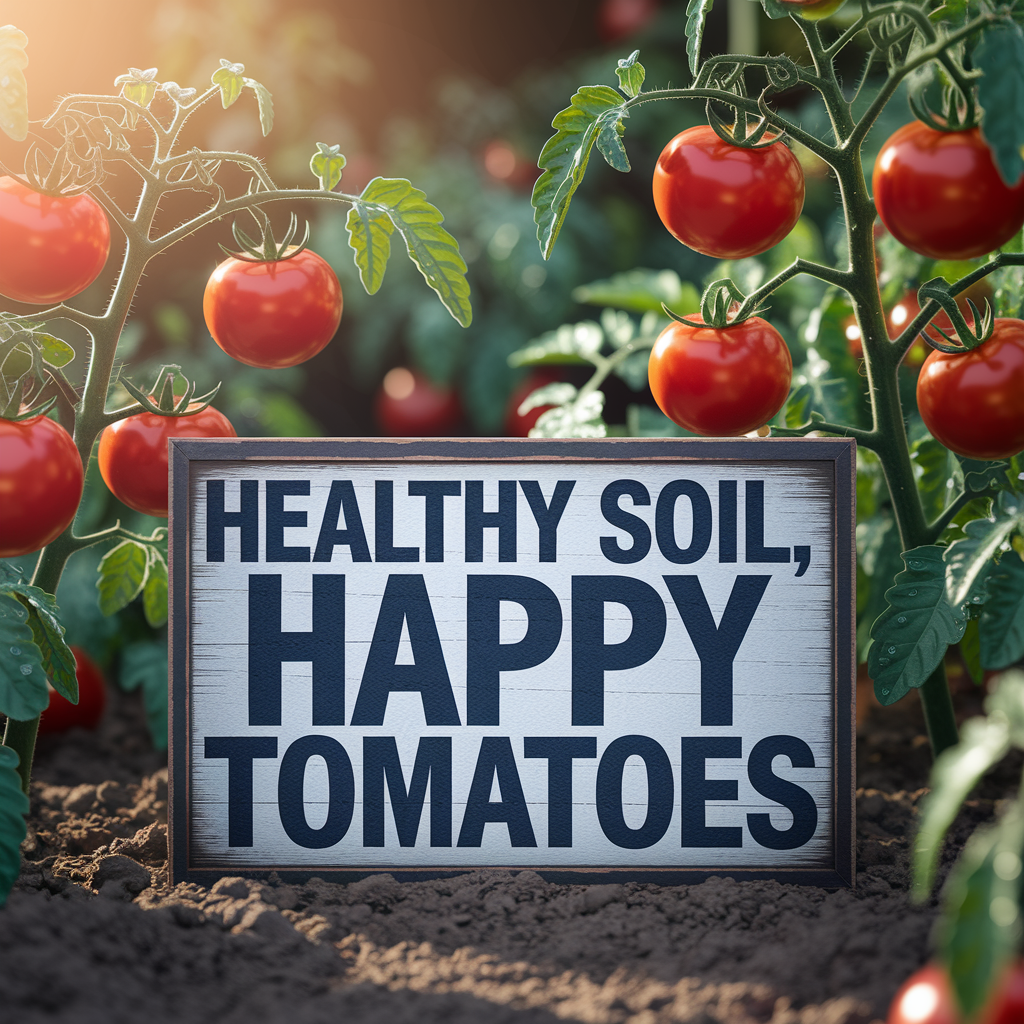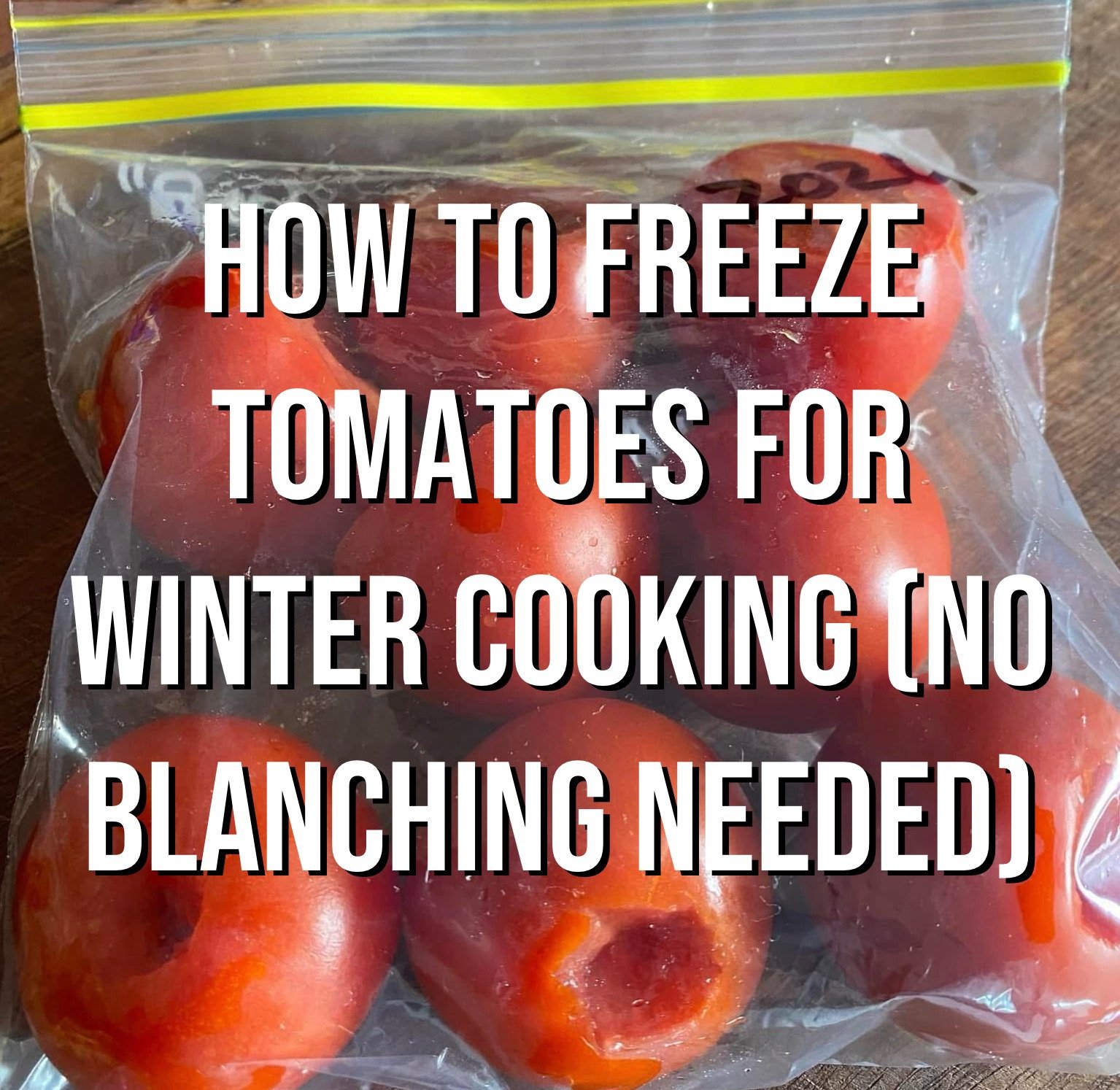
Why Freezing Tomatoes Is a Game-Changer for Winter Meals
Every summer I end up with way more tomatoes than I can keep up with — and that’s a good problem to have. Instead of letting them go soft on the counter, I freeze them so I’ve got a stash ready to go all winter long. Soups, stews, pasta sauces—you name it. Having a pile of frozen tomatoes on hand makes winter cooking feel like cheating, in the best way possible.
Plus, it’s a way to stretch the taste of summer deep into the colder months. I’m talking about that real, garden-grown tomato flavor—not the bland, watery ones from the store. Freezing helps me preserve that flavor without all the hassle of canning. And since I pick most of my tomatoes at the breaker stage, they’re already ripening beautifully off the vine by the time I toss them in the freezer. If you haven’t tried this timing trick, check out why I pick tomatoes at the breaker stage every time.
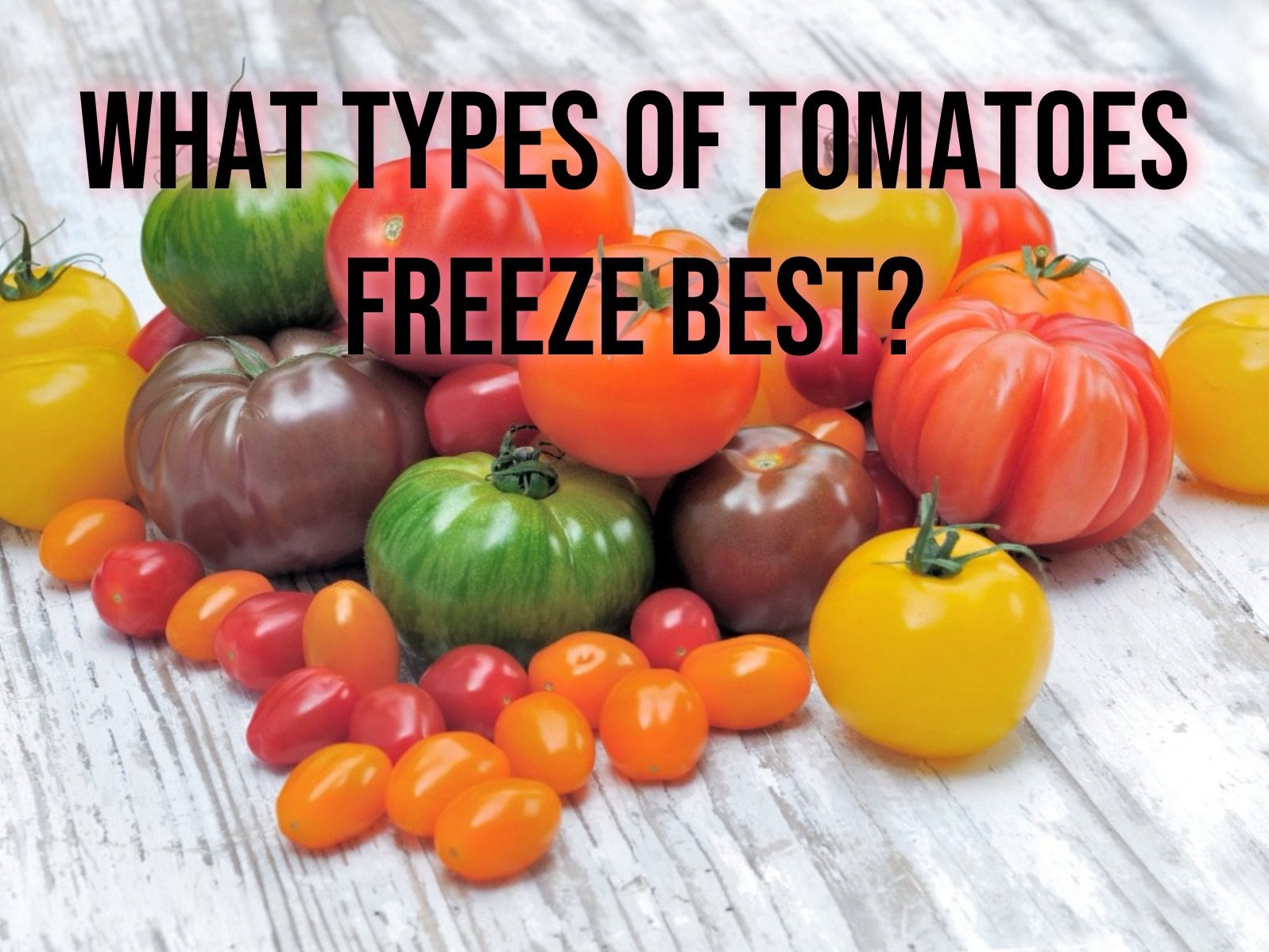
What Types of Tomatoes Freeze Best?
Let me be real with you—almost any tomato can be frozen. I’ve frozen everything from massive beefsteaks to sweet little cherries. That said, some types work better than others depending on how you plan to use them.
Here’s how I break it down:
- Roma (plum) tomatoes – My personal favorite for freezing. Less juice, more flesh, and perfect for sauces and chili.
- Beefsteak tomatoes – Great flavor, but high water content. Better for stews or slow cooker recipes.
- Cherry and grape tomatoes – I freeze them too! Later I roast them straight from frozen with olive oil and garlic—delicious.
If your tomatoes are bruised, overripe, or splitting, don’t toss them. Those are some of the best candidates for freezingsince they’re headed for cooking anyway.
Do You Really Need to Blanch Tomatoes First?
Short answer? Nope. I haven’t blanched a tomato in years, and I’m doing just fine. A lot of folks think you have to boil tomatoes before freezing them, but honestly, it’s not necessary unless you’re going for skinless tomatoes before freezing.
Here’s what I do instead: I freeze them whole, skins and all. When I’m ready to cook, I run hot water over them in the sink and the skins slide right off. No boiling pot. No mess. No burning your fingers.
To speed up the prep, I always use my trusty Chef’n Hullster Tomato Huller 🍅. This thing cores out the stem in one simple squeeze. If you’re freezing a big batch, it’s a total game changer and saves your fingers from digging around for those tough centers.

My Go-To Tools for Tomato Freezing
I’ve learned over time that you don’t need fancy equipment, but having the right tools makes a big difference when freezing a lot of tomatoes at once.
Here’s my go-to setup:
- Tomato huller – Again, I swear by the Chef’n Hullster. Makes coring fast and clean.
- Freezer-safe bags or containers – I prefer gallon zip-top freezer bags because they lay flat and don’t take up much space.
- Sharpie marker – Always label the bags with the date and type of tomato. Trust me, you won’t remember later.
- Baking sheet (optional) – For flash freezing if you want to avoid your tomatoes sticking together in one big frozen lump.
And of course, a clean towel and colander for washing and drying your harvest before freezing. That step really helps prevent freezer burn later on.
How to Core and Prep Tomatoes (No Fancy Skills Required)
Once my tomatoes are washed and dried, I like to remove the stem and core using my huller tool before freezing. You don’t have to do this, but I find it saves me time when cooking later. Especially if I’m tossing them into chili or homemade spaghetti sauce straight from the freezer.
Here’s my no-fuss process:
- Wash your tomatoes in cool water and let them dry on a towel.
- Use your huller to pop out the stem/core (especially helpful for large or dense varieties).
- Toss them into a freezer bag or container, remove as much air as possible, and lay them flat in the freezer.
That’s it. No blanching, no boiling, no peeling—yet. I save that step for later when I need them. And yes, the peel will come right off with hot water like magic. I’ll show you that trick in an upcoming section.
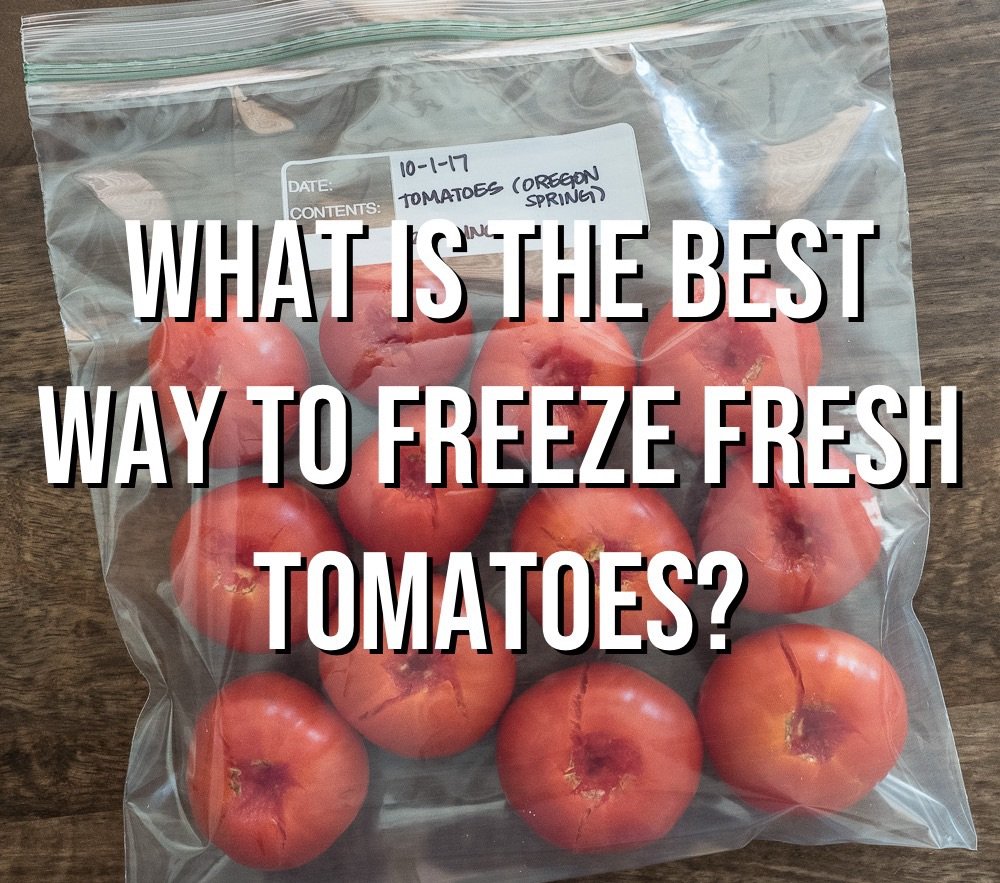
How to Freeze Tomatoes Whole, Cut, or Crushed
When it comes to freezing tomatoes, you’ve got options. And I’ve tried them all depending on how many tomatoes I’m dealing with—and what mood I’m in that day.
1. Freezing Whole Tomatoes (My Favorite)
This is my go-to method when I’m short on time. After washing and coring, I just toss them in a freezer bag and that’s it. Later, I use them in soups and sauces where they’ll break down anyway. If you want to peel them easily after freezing, I show that trick in this article about ripening tomatoes off the vine—same method applies here.
2. Sliced or Diced Tomatoes
For salsa lovers or chili fans, slicing them before freezing can save a step later. Keep in mind they’ll soften a lot after thawing, so don’t expect crisp chunks.
3. Crushed or Pureed Tomatoes
Sometimes I run them through my blender before freezing. This is perfect for sauce or pizza night when I want to grab a bag of crushed tomatoes and go. Just pour into containers or freezer-safe jars, leaving room for expansion.
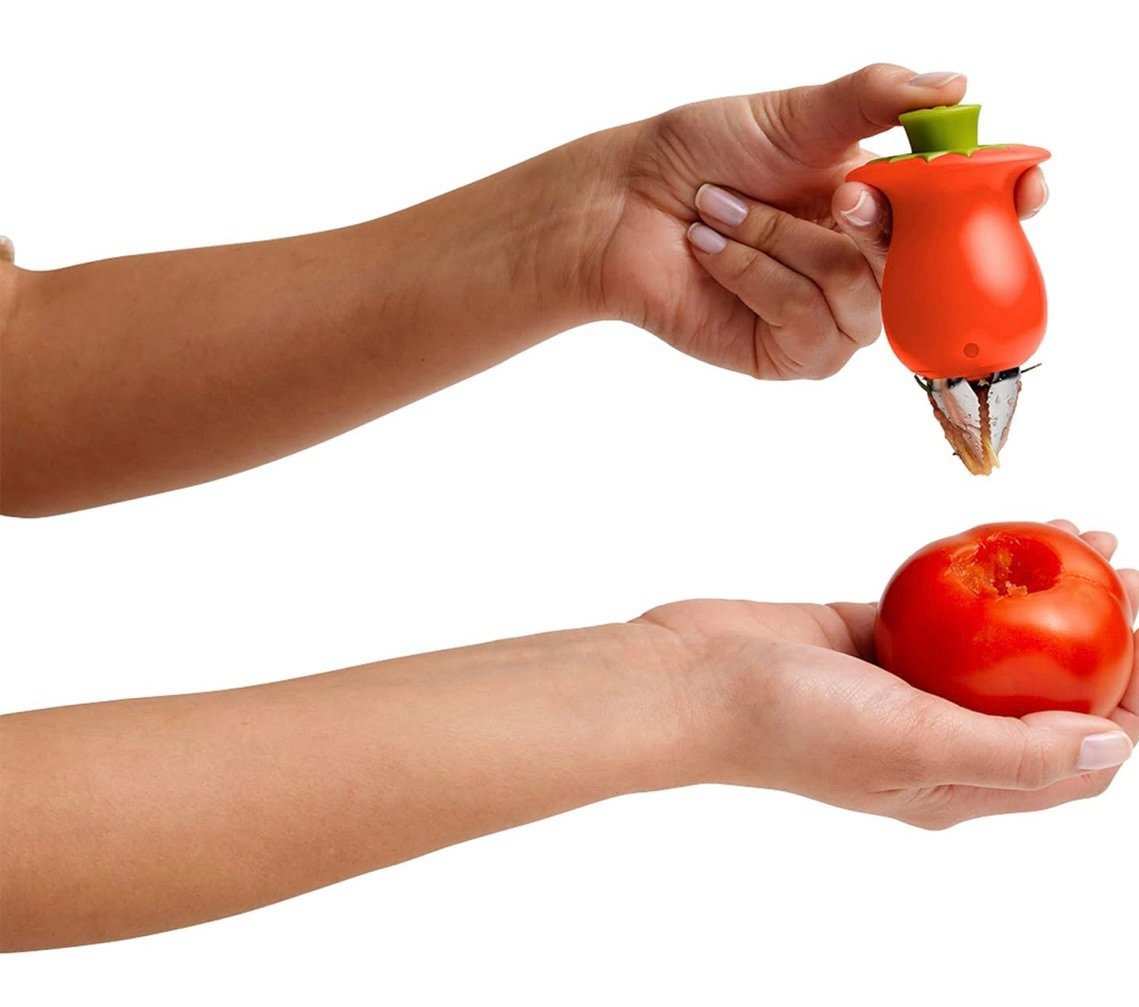
How to Peel Frozen Tomatoes in Seconds
This part always blows people’s minds. If you’ve never peeled a frozen tomato using hot water, you’re in for a treat.
Here’s how I do it:
- Grab a few frozen tomatoes and toss them into the sink.
- Turn on hot tap water—as hot as it’ll go.
- Hold each tomato under the stream, and the skin will loosen and slide right off like magic.
No cutting an “X” on the bottom. No boiling water. No ice bath. Just hot water and gravity. If you’ve been freezing tomatoes without knowing this trick, you’re going to love it.
How Long Do Frozen Tomatoes Last?
I’ve had tomatoes in the freezer for up to a full year and they were still great. But for best flavor and texture, I try to use mine within 8 to 10 months.
Quick tips to make them last:
- Always squeeze out extra air from freezer bags.
- Lay them flat for faster freezing and better storage.
- Label everything with the date (ask me how I know…).
Trust me, winter-you will thank summer-you when it’s January and you’re simmering a tomato soup that tastes like July.
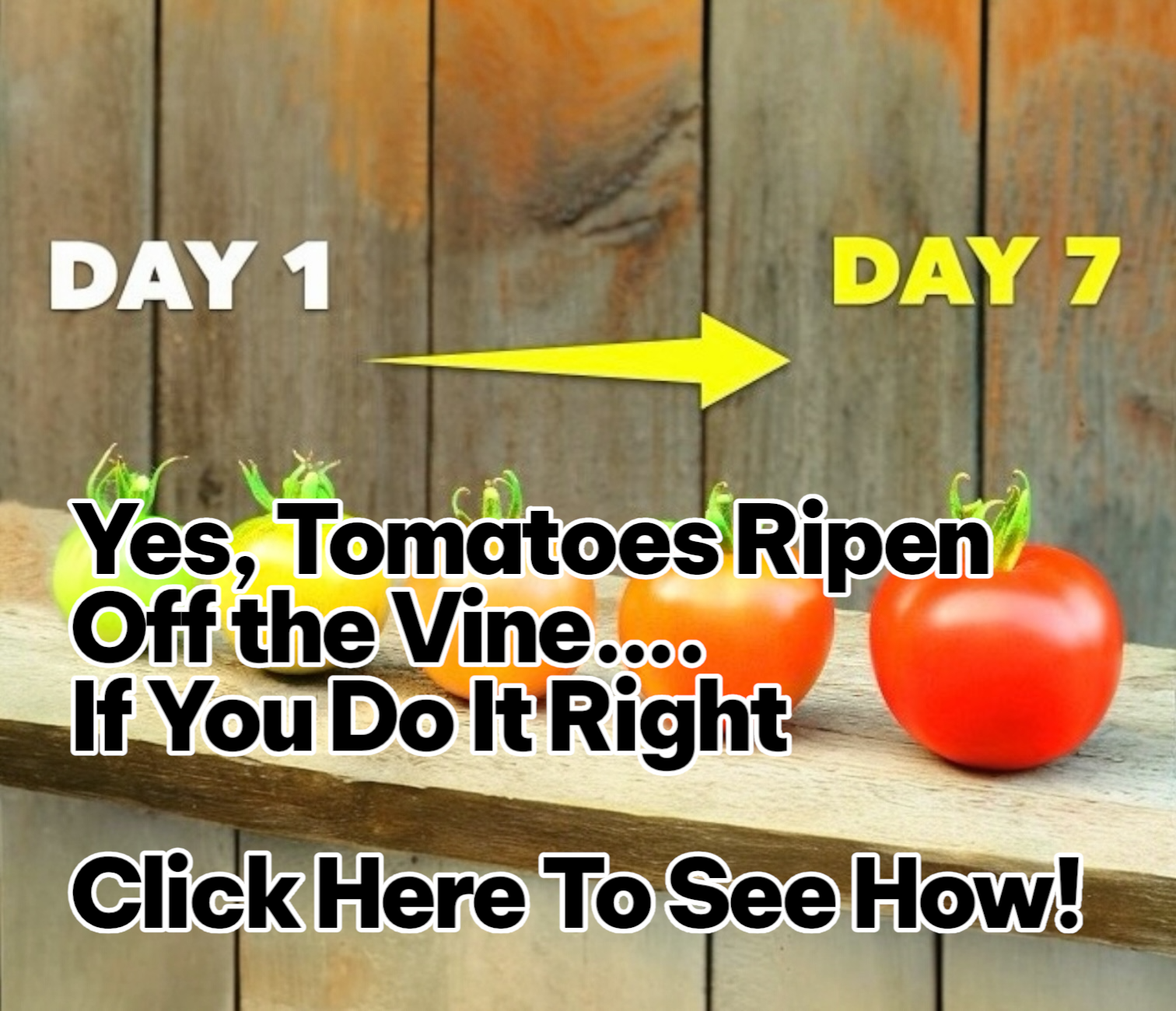
What to Make with Frozen Tomatoes
This is the fun part. Once you’ve got your frozen stash, here are just a few of my favorite ways to put them to good use:
- Chili – Toss them in frozen. They break down beautifully.
- Homemade marinara – Blend after thawing for a smooth sauce.
- Stews and soups – Adds that fresh tomato punch even in the dead of winter.
- Shakshuka – A favorite in our house. Frozen tomatoes melt right into the skillet.
- Salsa – If you froze them diced or crushed, you’re halfway there already.
If you’re growing Romas or San Marzanos, you’ve got the perfect tomatoes for any of these dishes.
What to Avoid When Freezing Tomatoes
Okay, so a few lessons I’ve learned the hard way:
- Don’t freeze wet tomatoes. Always dry them off first or you’ll get ice buildup that leads to mush.
- Don’t overstuff freezer bags. They’ll freeze unevenly and clump together.
- Don’t forget the core. If you don’t hull them first, you’ll be stuck digging it out later—and frozen tomatoes are notfun to chop.
- Don’t expect raw-like texture. These are for cooked dishes, not fresh salads.
One more thing: if critters are nibbling your harvest before you can even freeze them, check out our guide on how to stop rabbits from eating tomato plants. Nothing ruins a tomato freezing plan faster than a hungry bunny.
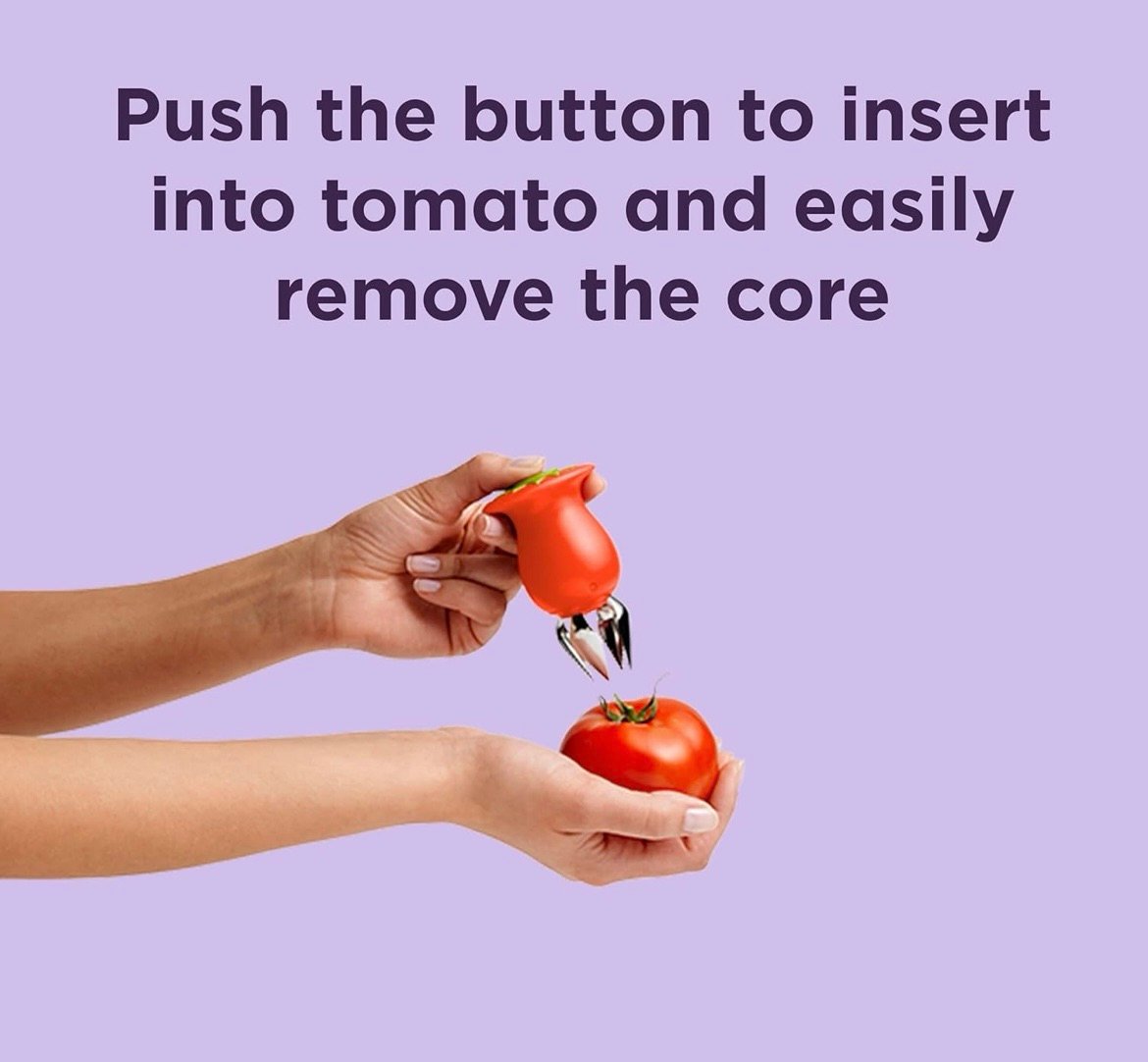
My Go-To Tomato Huller Tool (That Makes This Easier)
If there’s one tool I didn’t know I needed until I started freezing tomatoes in bulk, it’s a good tomato huller. I used to use a paring knife to dig out the core, but it always felt clumsy and wasted part of the tomato.
Then I found this gem: the Chef’n Hullster Tomato Huller 🍅.
This little guy makes popping the core out feel like snapping a seatbelt. You just press, twist, and pull. Done in seconds—no waste, no mess. If you’re freezing dozens of tomatoes, it’s an absolute wrist-saver.
I show it in action when prepping tomatoes in my post about picking tomatoes at the breaker stage—another key step to harvesting before the heat ruins them.
And now that you know how to freeze tomatoes for winter cooking, you’ll never have to watch your summer harvest rot on the vine again. Just a few steps, one good freezer stash, and you’ve got garden-fresh flavor all winter long.
As an Amazon Associate we earn from qualifying purchases through some links in our articles.


